Growing and Showing in Ditchling, 1822 - 2022: celebrating the bicentenary of the Ditchling Horticultural Society
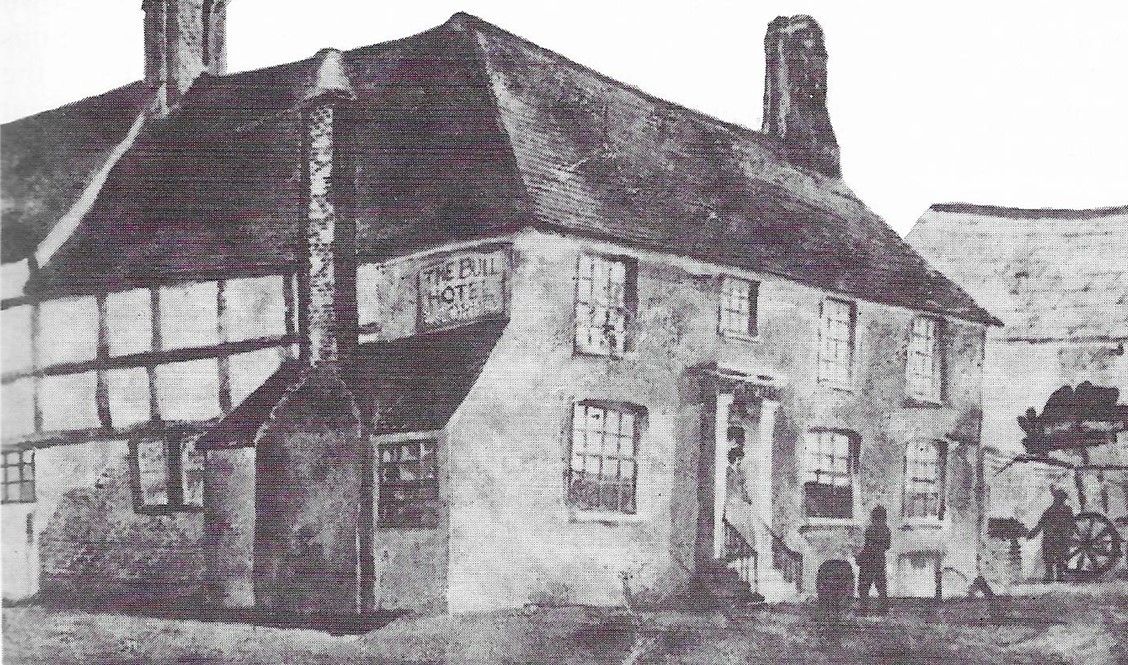
A monthly club was started at the Bull in the early 19th century for the ‘sale of all sorts of corn, seeds ... to continue every Thursday in the month that shall happen next before the full moon’ and it was from these meetings, 200 years ago, that the Ditchling Horticultural Society was formally constituted by Thomas Attree. Committee meetings were held at the Bull and before shows the committee met in the back room to use an apothecary’s balance to weigh exhibitors’ produce. For many years its annual show replaced the lapsed traditional fairs and became ‘the principal social gathering of the year’. It lays claim to be the oldest horticultural society in the country.
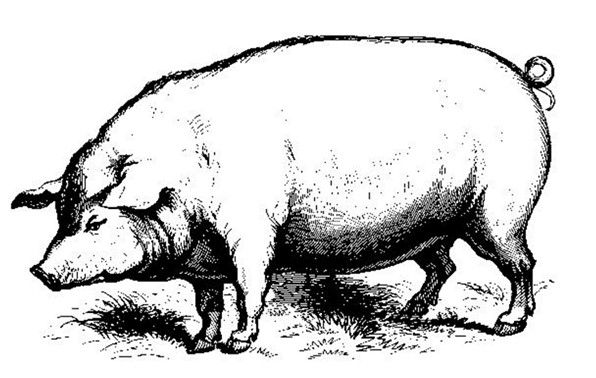
The Society encouraged the ‘cottagers’, often agricultural labourers, to grow vegetables and fruit in their back gardens. Sometimes, to help feed the family, a pig would be kept and fed with scraps, vegetable peelings or over-ripe fruit cooked to form a ‘swill’. The Society’s ‘Report of the Cottages and Gardens of Ditchling, 1843’ records that Thomas Hemsley, an agricultural labourer with two children, living on the east side of the High Street, had a well cropped garden, clean cottage and one pig while William Pellett, male servant, a widower with three children also living on the east side of the High Street had a clean cottage, one pig, but no garden!
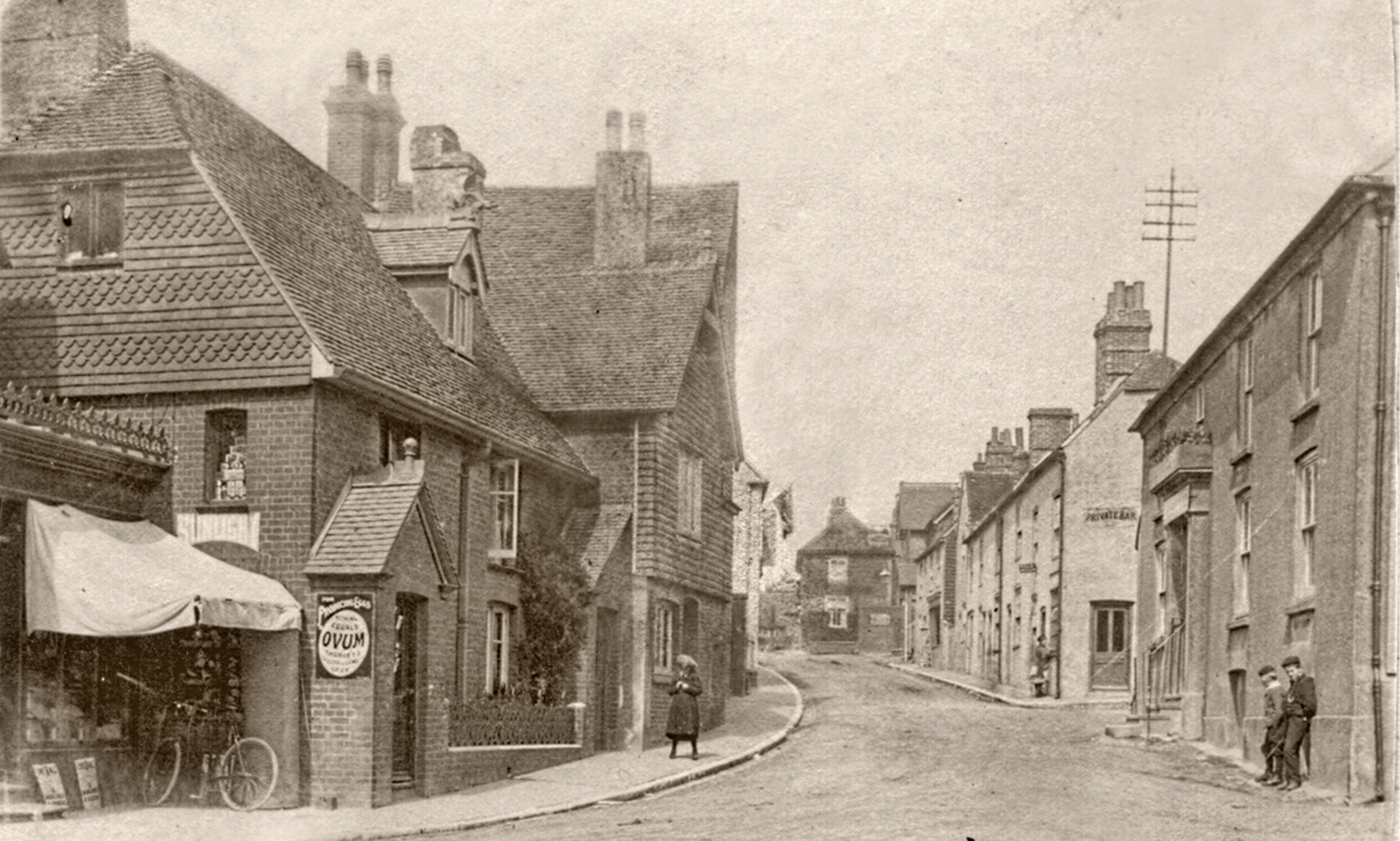
Large families were not uncommon and, as well as inspecting the produce from the garden, the show judges took an interest in the cleanliness of the cottage and the welfare of the children. Records from 1839 show that the first prize of 7 shillings and sixpence* was given to ‘Jas’ Stoner for the ‘man or widow woman who has brought up the largest family with the least assistance from the parish.’ (*An agricultural labourer’s weekly wage was around 9 shillings in 1850, 45p in today’s money.)
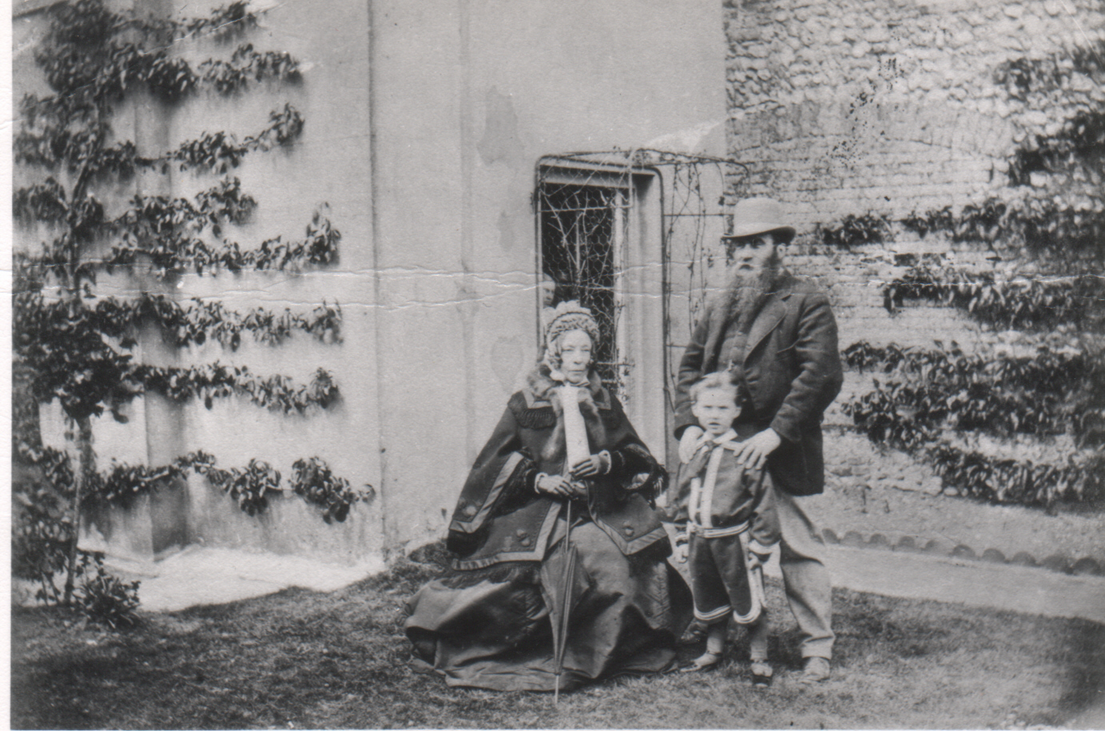
Competition to win prizes in the show was often fierce. In 1833, The Sussex Weekly Advertiser reported that the two cauliflowers presented by Mr Dumbrell of North End Farm ‘were pronounced to be perfect. A doubt arising in the minds of many of the gardeners, what artificial means had been used, such curiosity was excited, which Mr Dumbrell put to rest by declaring that he had not used any but the ordinary means, the fineness of the cauliflowers being solely due to the excellence of the seed and steady attention to the early plant.’
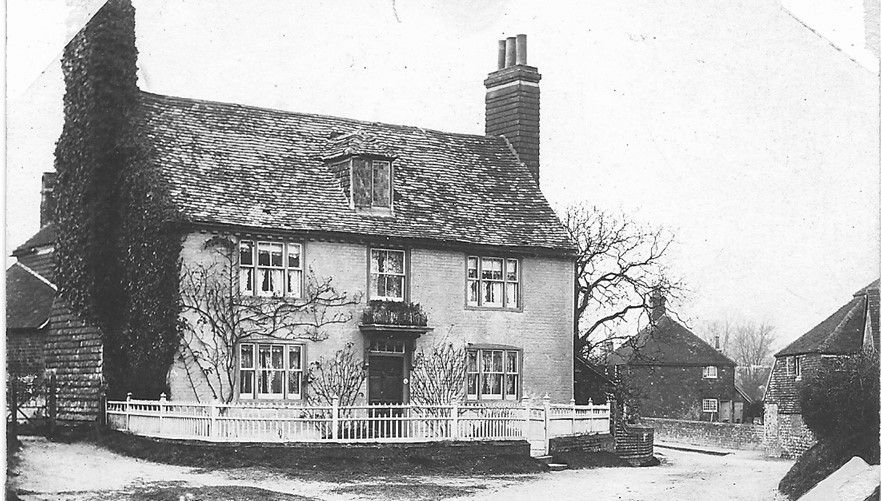
In 1860 at the age of 84, Thomas Attree, who lived at Pardons in East End Lane, had medals struck to mark 38 years of the ‘Ditchling Gooseberry and Currant Show, Stoolball match and Kettle Feast’. Sixty-two years later commemorative medals were again struck marking the centenary. The Copper Kettle was traditionally awarded for the heaviest pint of the Red Rough gooseberry which according to Cheal’s 1901 ‘History of Ditchling' ‘may be seen at the annual show in all its native glory’.
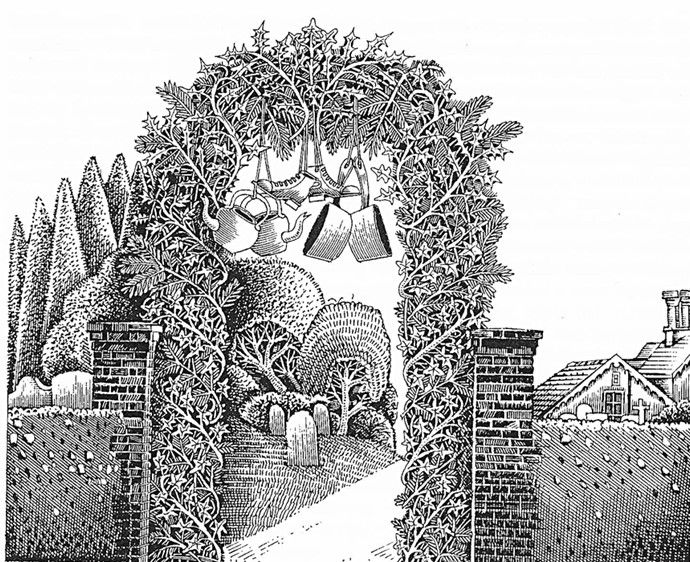
The prizes on offer for the best show produce were many and various. In 1859, the show was held at the National School and an archway of evergreen was placed at the entrance to Church Lane from which were suspended two copper tea-kettles, two boilers, and a pair of Russell’s strong boots. In 1915, the list of awards ranged from a quarter of a ton of coal to a half bushel of flour, down to a spade and to a duck, given for the best half-gallon of green peas.
Illustration reproduced with the kind permission of John Vernon Lord
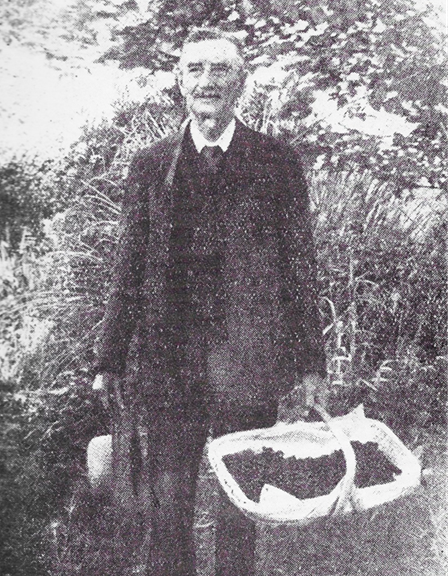
George Mayston who kept a grocery shop in the High Street was a champion gooseberry grower. He stated: ‘I didn’t like the idea of people saying they can grow bigger gooseberries where they come from than in Ditchling’. It was said that his berries were ‘coddled, protected, nourished and well-guarded’ - on a hot day he would place a small protective cardboard ‘umbrella’ over each gooseberry to prevent them from becoming dry and the skin splitting. The gooseberries were weighed in grammes, pennyweights and ounces using apothecary scales so that the weighing would be meticulous. In 1894, George Mayston won all four classes, his 12 yellow berries weighing over 15 ozs, 12 greens over 14 ozs, 12 red and 12 white both over 13 ozs. (16 oz = 1lb ie approxmately half a kilogram).
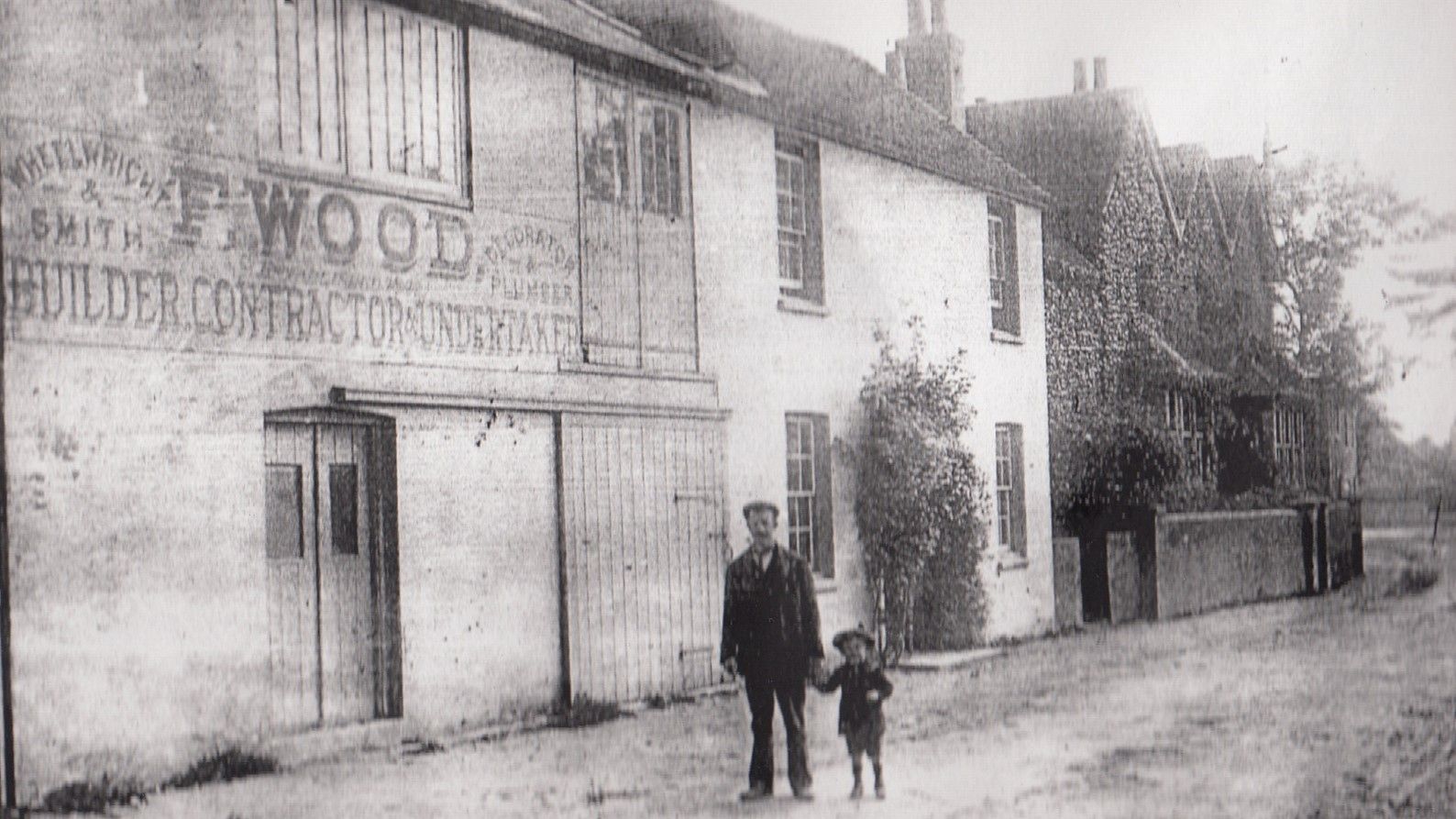
The annual show continued through both world wars. Fred Wood, a local builder with premises in North End, was for many years Secretary to Horticultural Society. He explains: ‘I got really cross over it, why should a rat of an Austrian paper hanger, by name Hitler, stop the continuity of an old English Flower Show started before he was born to be a curse to the world. I being Sussex bred and born and as pig-headed as real Sussex people are, was not going to allow a rat like that, at what ever cost or labour to myself, break the continuity of the oldest Show in England.’
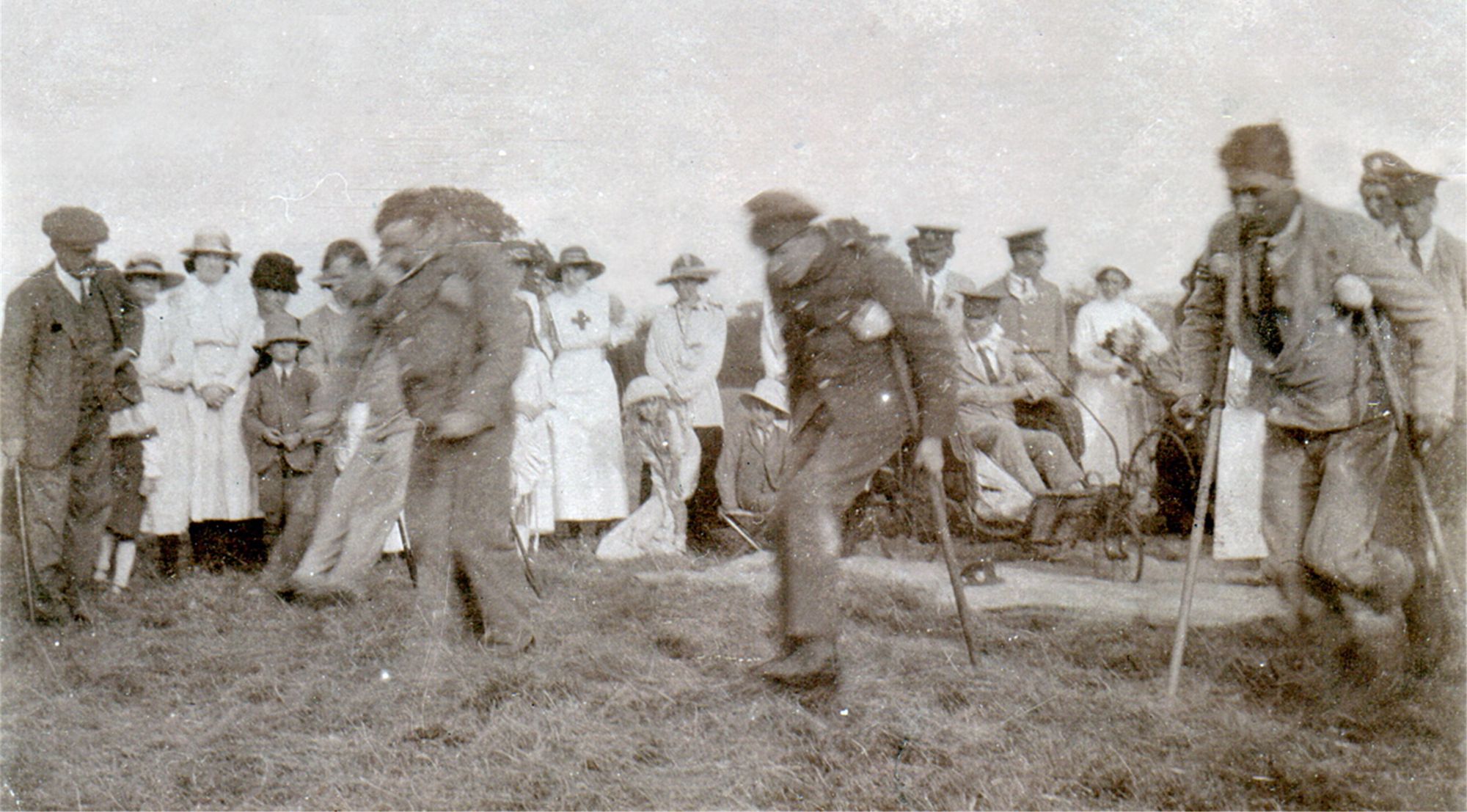
In 1915, the produce from the Horticultural Show was sold in aid of the Red Cross Voluntary Aid Hospital at Meadowcroft in Lewes Road. In the following year, the Southdown Band (Poynings) was unable to attend the show for the first time in many years because so many of their men had been called up. Nonetheless, the Flower Show went ahead and as part of the celebrations the wounded and convalescent soldiers of the Ditchling Red Cross Hospital entertained those of East Chiltington – ‘there were gramophone selections, coconut shies and a little sport’. In this photograph, Dr Richards can be seen on the far left looking on perhaps a little anxiously.
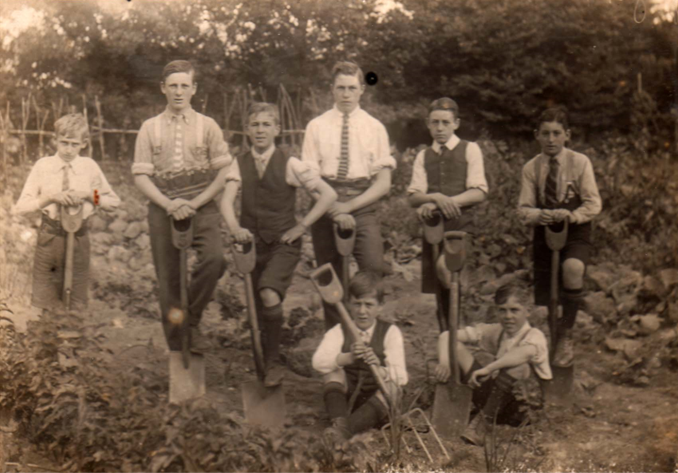
In 1917, Mr Ellis, tenant farmer of Ditchling Court Farm and one of the Managers of the Ditchling School, loaned a piece of ground adjoining the school so that the boys could cultivate vegetables for the Red Cross Hospital in Lewes Road. The Horticultural Show Schedule was subsequently extended to include classes for school boys who were to be judged on the best 6 potatoes, 2 cabbages, a tray of vegetables (4 sorts), as well as the best cultivated plot which in that year was won by W Bean!
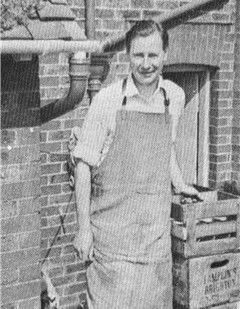
Cecil Evans grew up in The Sandrock pub where he was later landlord. He remembers as a schoolboy, ‘We had seven plots behind the school and we had two on a plot - you had the elder one and then the one perhaps about two years younger would be his helper … we would grow all our brassicas and things like that … they would give us the seeds, we would sow the seeds and make the plants and … on the horticultural fair day, we used to show. I remember I got second prize for peas. It was the only prize I ever got – I don’t think my potatoes turned out very well!’
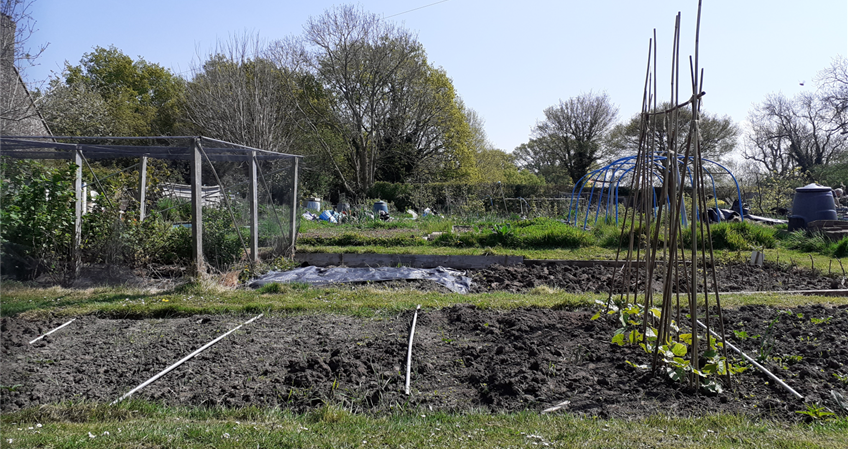
The first village allotments were created in Lewes Road in 1915, but in 1920 this land was sold - much to the anger of plot holders who were dismissed before their crops were harvested. Something had to be done - and Elizabeth Sarah and Agnes Mary Attree, descendants of the redoubtable Thomas Attree, gifted Cox’s Field in North End. Despite ‘plagues’ of moles, rats and rabbits and arguments about the size and suitability of huts versus toolchests, plus irregular claims of marrow thefts and tampering with show exhibits by jealous growers, the allotments field remains 100 years later the tranquil haven John Stenning wrote of in 1923 ‘everything looked really good, the paths were straight and tidy and the growth excellent’.
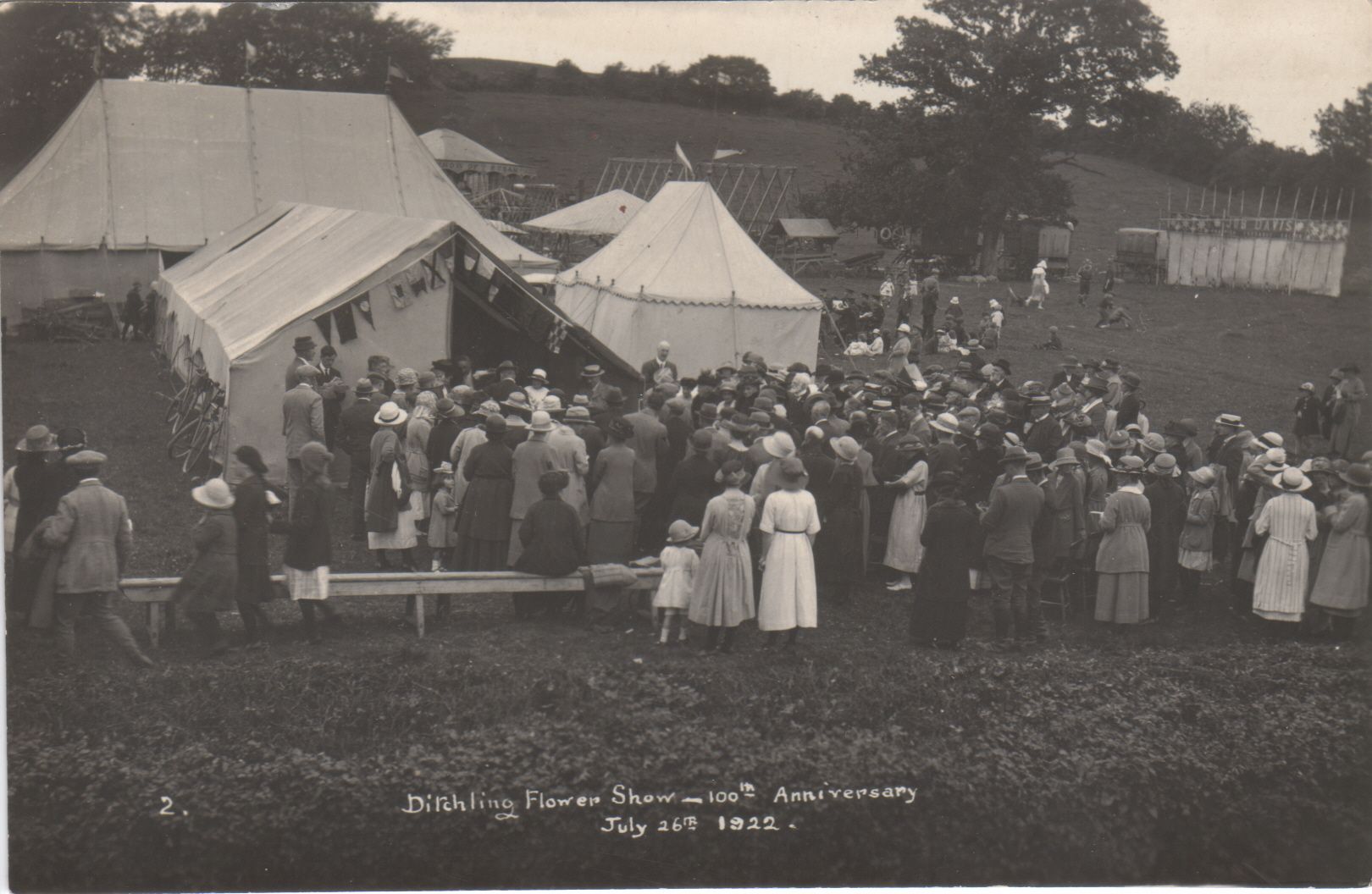
In 1922 Ditchling Horticultural Society celebrated the centenary Flower Show in Star Field with Harris’ roundabouts and swing boats. It was held on the last Wednesday in July marking the end of the school year. Schoolgirl Gertrude Waller recalls: ‘The day before the show, we would go out and gather wild flowers and, on the morning, we would take them up and hope we would be the one that the judge picked out. We school children did a display of the Maypole, in and out we would weave with all the pretty coloured ribbons, we were so proud.’
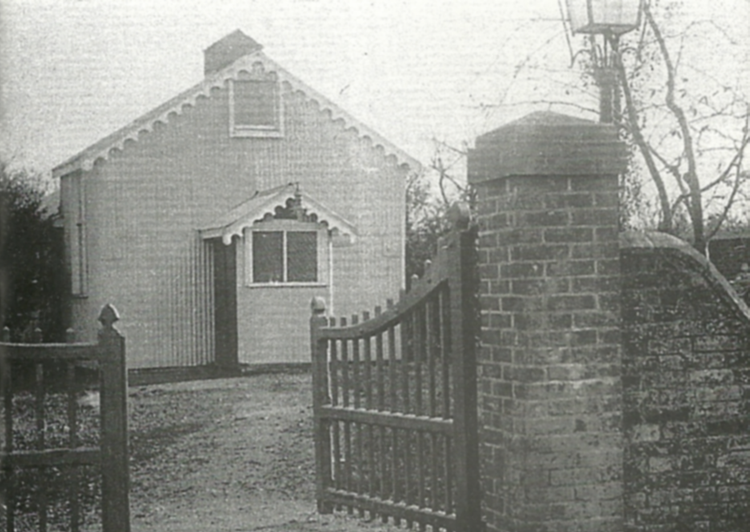
Frank Buffard, son of James Buffard (founder and trustee of the Ditchling Mission Hall, South Street) remembers the competitions at the shows, ‘in particular climbing the greasy pole. For the spectators this was the most amusing item … the pole was 18 to 20 feet high, smothered in grease from top to bottom. Competitors put on their oldest clothes. Cheers and groans and laughter filled the air. Whether the participants enjoyed it as much as we did is doubtful. The prize was a young pig.’
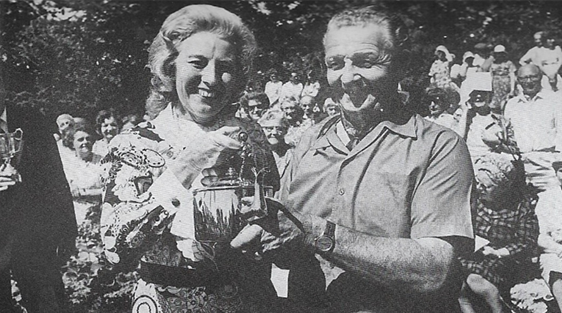
The 150th anniversary show in July 1972, held on the village green, was opened by Dame Vera Lynn who was a supporter of many village organisations including Ditchling Horticultural Society. Here George Harbour is shown being presented with the Copper Kettle. George, the son of Charles and Annie Harbour, grew up at Lexden Cottage where his father was head gardener for Mrs Charlton at Lexden in Lewes Road. He took over from his father as head gardener winning many prizes in the ‘professional classes’.
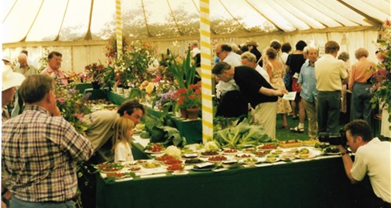
Twenty-five years ago, the Horticultural Society celebrated its 175th anniversary with a two-day celebration on the village green. A marquee was erected for the Flower Show and an anniversary Flower Festival was held in St Margaret’s Church. Chairman Barry Cox described the entries as first class while the show Secretary Dick Morley thanked all who had been involved including the ladies of the Women’s Institute who provided the teas. According to the local newspaper report, even the sudden and unexpected power cut to the barn and Church hardly disrupted the celebrations as ‘valiant volunteers went to and fro from barn to village hall with hot water for the teas!’
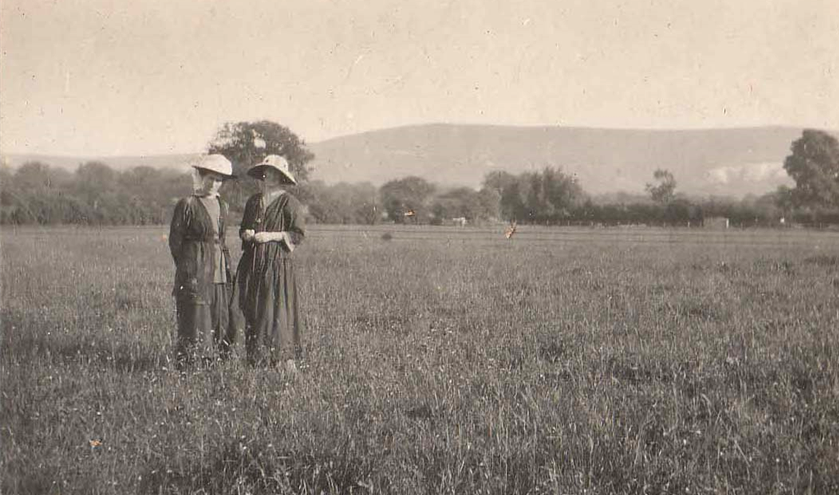
The author Esther Meynell wrote several books on Sussex with chapters on her adopted village of Ditchling, she also contributed to periodicals under the pseudonym E Hallam Moorhouse. In 1922, the centenary year of Ditchling Horticultural Society, she wrote an article about the anniversary show in the August 12th edition of ‘The Field’ finishing with the words: 'It is a bit of Old England still full of lusty life, and it is to be hoped that it may still be as full of vigour when its two hundredth anniversary comes round'.